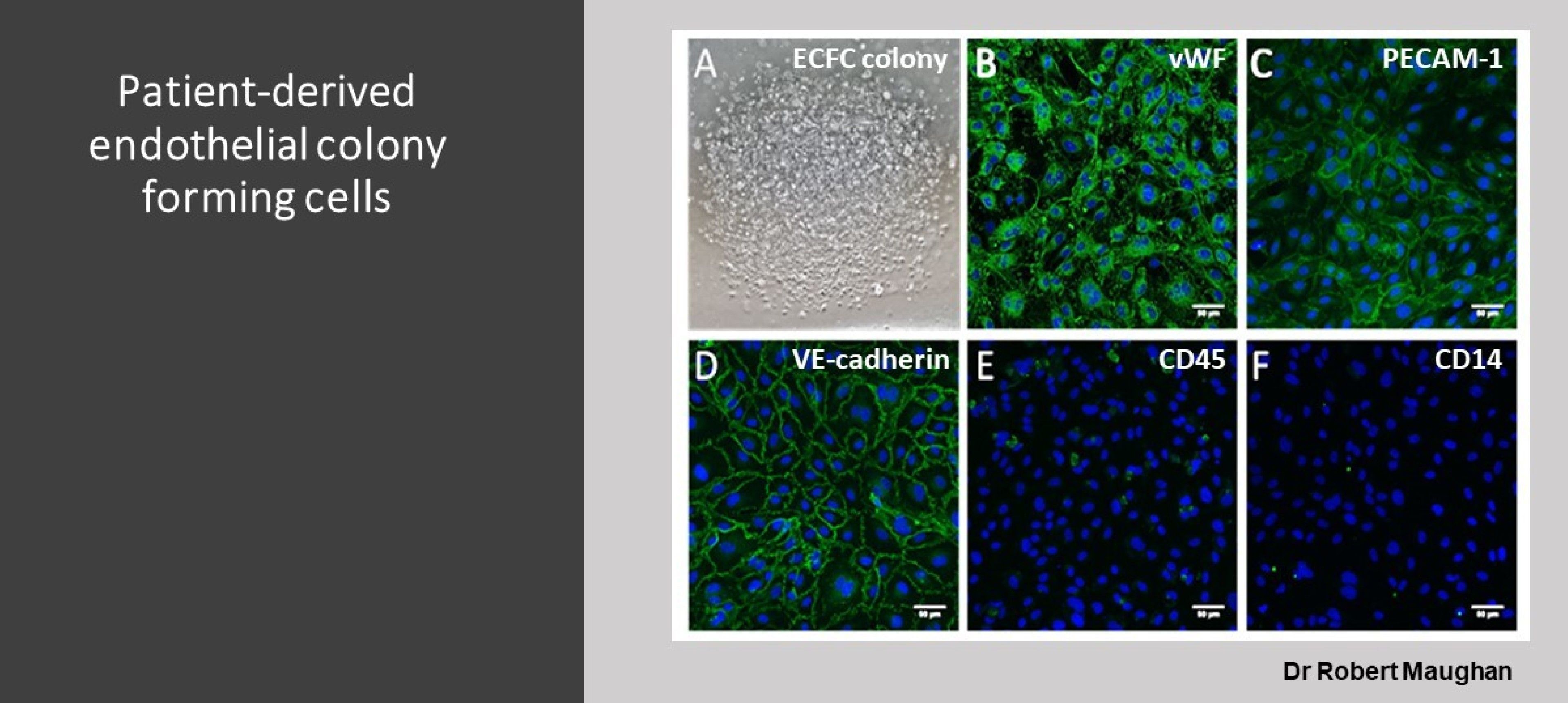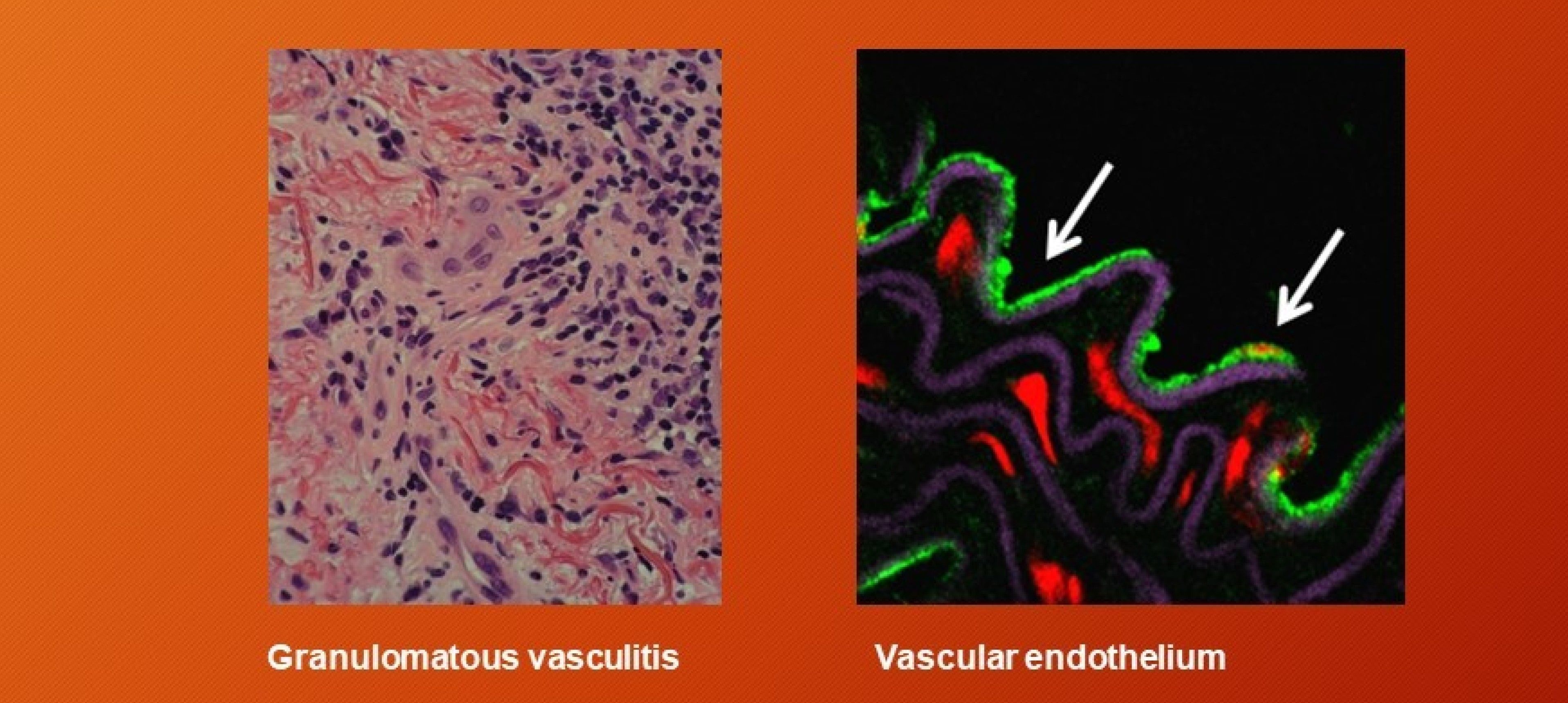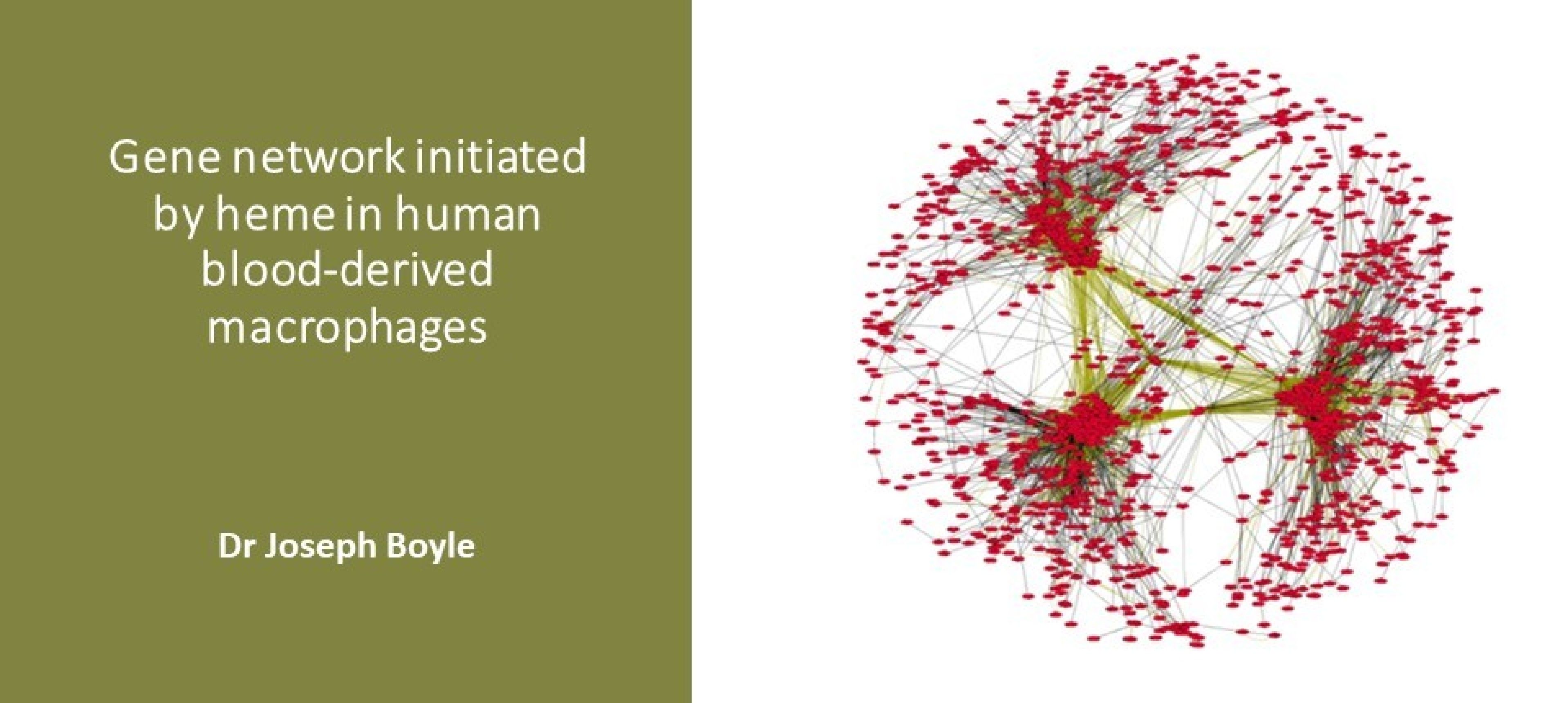Targeting novel pathogenic pathways
Study of the vascular endothelium forms an essential component of the vasculitis research programme. Situated at the blood-tissue interface the endothelium is exposed to circulating cytokines, activated neutrophils and neutrophil NETS, auto-antibodies and complement-mediated injury. Human endothelial cells are studied from a variety of vascular beds, along with patient-derived endothelial colony-forming cells (ECFC), rodent and zebrafish models. Signalling cascades (Akt, PKC, MAPKs, mTOR, AMPK) regulating both cytoprotective and pathogenic mechanisms within the vascular endothelium are a key research interest and represent important potential therapeutic targets.
IgA vasculitis and IgG4-related disease are multi-systemic inflammatory diseases with an important fibrotic component. Understanding of the pathogenesis of these complex diseases remains poor. Our ongoing basic science research, in collaboration with Immunology and Histopathology, has focused on the signal pathway for activation of immune receptor (e.g. phospho-activation of spleen tyrosine kinase (Syk) and the inflammasome following B cell activation or Fc receptor activation in inflammatory cells (neutrophils and monocytes) and glomerular mesangial cells). A component of this work has been translated to an early clinical trial of an oral Syk inhibitor in the related disease of IgA nephropathy (with industrial support from Rigel Pharmaceuticals). In collaboration with Dr Tom McKinnon, we are investigating the role of coagulation pathways in the pathogenesis of endothelial inflammation. The key research challenges are: (i) To understand the critical switch from inflammation to fibrosis, currently an irreversible step that is relevant to changes in vessel geometry, to impairment of organ function, and to the bioavailability of drugs and nanoparticles, and (ii) the interaction between coagulation pathway and inflammation.





